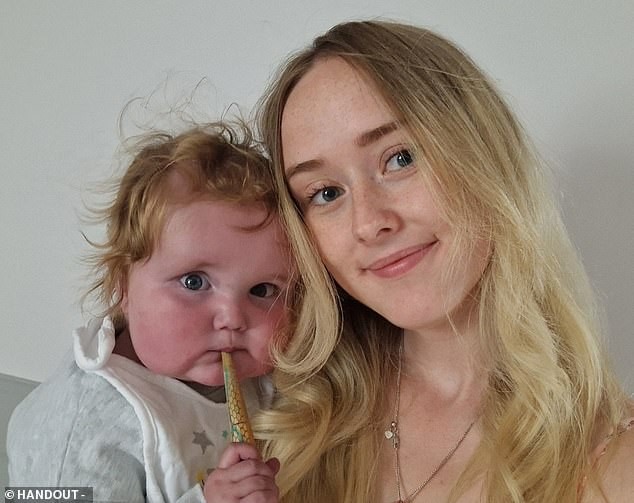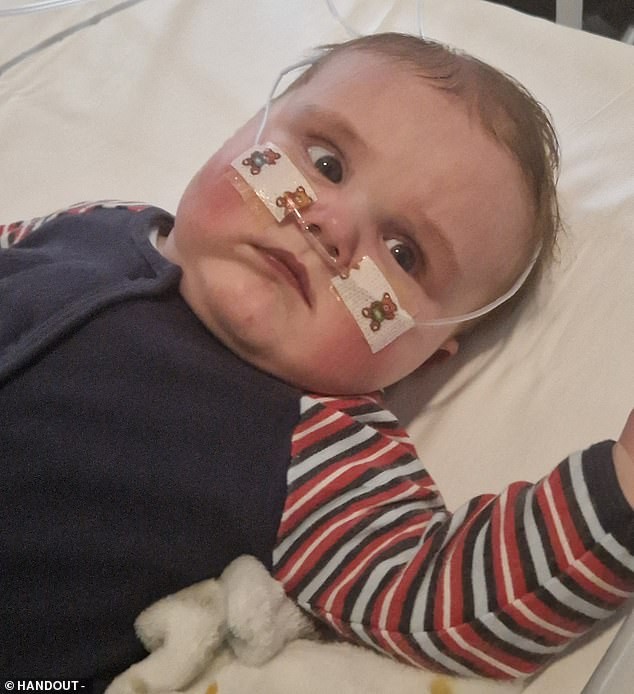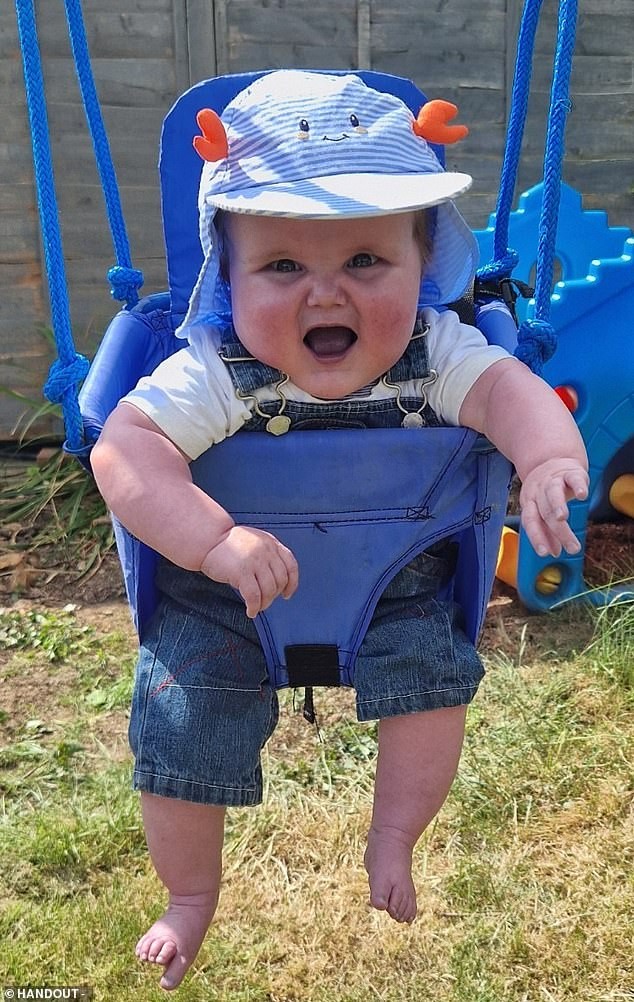Desperate Plea: It will cost £1.5 million to save my son's life — a mother’s race to California for a life-saving operation.
Jasmin Roberts, a 24-year-old mother from Wrexham, was told that Ollie’s life could only be saved abroad. At two weeks old, he was diagnosed with a rare congenital heart defect and doctors warned he would be lucky to reach his second birthday. “It will cost £1.5 million to save my son's life,” she says, as the family faces a race against time. The NHS told them Ollie would be introduced to the palliative care team because local hospitals lacked the expertise to perform the operation. Jasmin says she felt “completely inconsolable” and overwhelmed, with postpartum depression resurging in the wake of the news. Now she is selling her house and has moved back in with her mother to fund a plan that could begin with a life-saving operation in California — and a chance, possibly, for a normal life afterward.

In This Article:
Diagnosis: PA-VSD MAPCAs — A Baby with Arteries Too Small
At two weeks old, Ollie was flagged for a prolonged jaundice screening because he was “just a bit too yellow.” In hospital, his oxygen saturation registered 85%. Ollie has pulmonary atresia with ventricular septal defect and major aortopulmonary collateral arteries (PA-VSD MAPCAs). This means the arteries that carry blood to his lungs are too small, and the heart’s normal valve is not formed properly. Healthy oxygen saturation is 98–100%; Ollie’s is now around 65–70%. Regina Giblin, a senior cardiac nurse at the British Heart Foundation, explains pulmonary atresia as a blockage where the pulmonary valve is not properly formed, and a VSD as a hole between the heart’s lower chambers. MAPCAs are abnormal vessels feeding the lungs. Pulmonary atresia is a form of congenital heart disease present from birth, and it means blood cannot flow normally from the heart to the lungs.

The NHS Response and the Emotional Blow
The hospital initially believed Ollie had either sepsis or a heart condition, but an echocardiogram the next day confirmed a heart problem. He was then treated for sepsis, which meant he couldn’t be fed milk. Jasmin recalls: “It was like pure, pure torture, watching him scream all night long,” while she pumped milk and felt increasingly useless. Three UK hospitals said they couldn’t operate on Ollie to enlarge his arteries because his case was too complex. Jasmin also sought advice from hospitals in Europe, but they gave the same answer. Later, UK doctors warned that operating with the current skill level could worsen outcomes or cause scarring that would block oxygen flow to his lungs. A pivotal turning point came when a surgeon who pioneers pulmonary artery reconstruction could operate in California, if Jasmin could raise the funds.

The Turning Plan: California Surgery and a Revised Goal
Stanford Medicine Children’s Health has drawn up a medical plan for Ollie after Jasmin found the hospital through a support group. The surgeon could perform the life-saving pulmonary artery reconstruction a stage at a time, starting with stage one in the US. There’s also the possibility that Alder Hey Children’s Hospital in the UK could carry out the second stage, which reduces the overall cost. Originally, the family aimed for £3 million for the abroad surgery. After conversations with doctors, they revised the target to £1.5 million. Jasmin is selling her house and has moved back with her mother to fund the operation. The plan is to enlarge Ollie’s arteries over six to nine months, followed by a full repair that would allow him to live a normal life. Ollie also has a large hole in his heart to be addressed in the surgery.

Hope and the Road Ahead
So far, the GoFundMe has raised about £40,000. Jasmin calls Ollie her “absolute world,” describing him as “attached to my side constantly,” joking that he is “cheeky, funny, and strong.” Stanford Medicine Children’s Health declined to comment, and NHS England did not respond to requests for comment. The family’s fundraising journey continues as they seek a path that could give Ollie a life beyond the prognosis.

